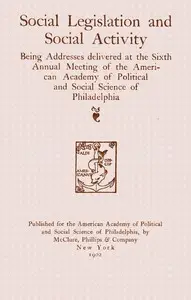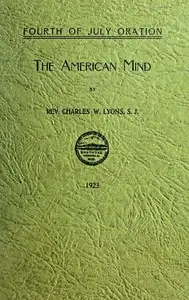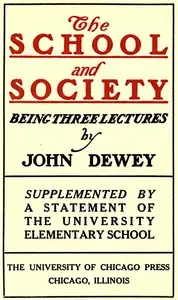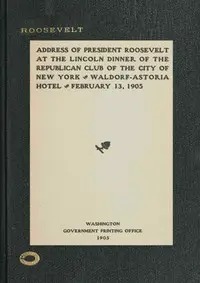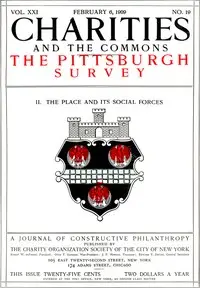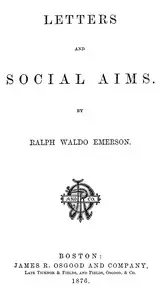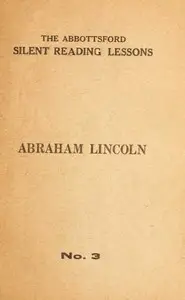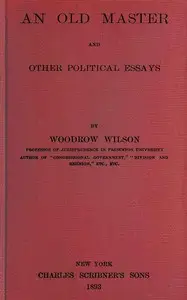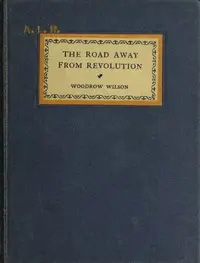"The Social Center: A Means of Common Understanding" by Hon. Woodrow Wilson is a speech from around 1911 that argues for using schools as community hubs to boost citizen participation and social unity. Wilson pictures school buildings becoming places where people can meet, learn, and have fun together, even after school ends. He thinks that by bringing different groups together to talk and share ideas, they can understand each other better. Wilson believes that when people communicate directly and work together, they clear up misunderstandings, which builds a stronger community and improves how people engage with their government. By pushing for this community involvement, Wilson hopes to create a greater respect for shared goals, strengthening democracy and creating a fairer society.
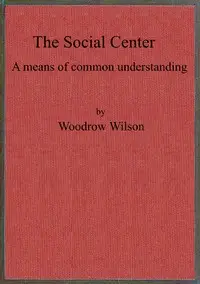
The social center : $b a means of common understanding. An address delivered by the Hon. Woodrow Wilson, Governor of New Jersey, before the First National Conference on Civic and Social Center Development, at Madison, Wis., October 25, 1911
By Woodrow Wilson
Imagine a time when schoolhouses transformed into lively community centers, uniting diverse voices and fostering a shared understanding.
Genres
Released
2023-12-02
Formats
epub (images)
epub
epub3 (images)
mobi (images)
txt
Free Download
Summary
About the AuthorThomas Woodrow Wilson was the 28th president of the United States, serving from 1913 to 1921. He was the only Democrat to serve as president during the Progressive Era when Republicans dominated the presidency and legislative branches. As president, Wilson changed the nation's economic policies and led the United States into World War I. He was the leading architect of the League of Nations, and his stance on foreign policy came to be known as Wilsonianism.
Thomas Woodrow Wilson was the 28th president of the United States, serving from 1913 to 1921. He was the only Democrat to serve as president during the Progressive Era when Republicans dominated the presidency and legislative branches. As president, Wilson changed the nation's economic policies and led the United States into World War I. He was the leading architect of the League of Nations, and his stance on foreign policy came to be known as Wilsonianism.
Total Reviews
10.0k
Total reviews from Goodreads may change

